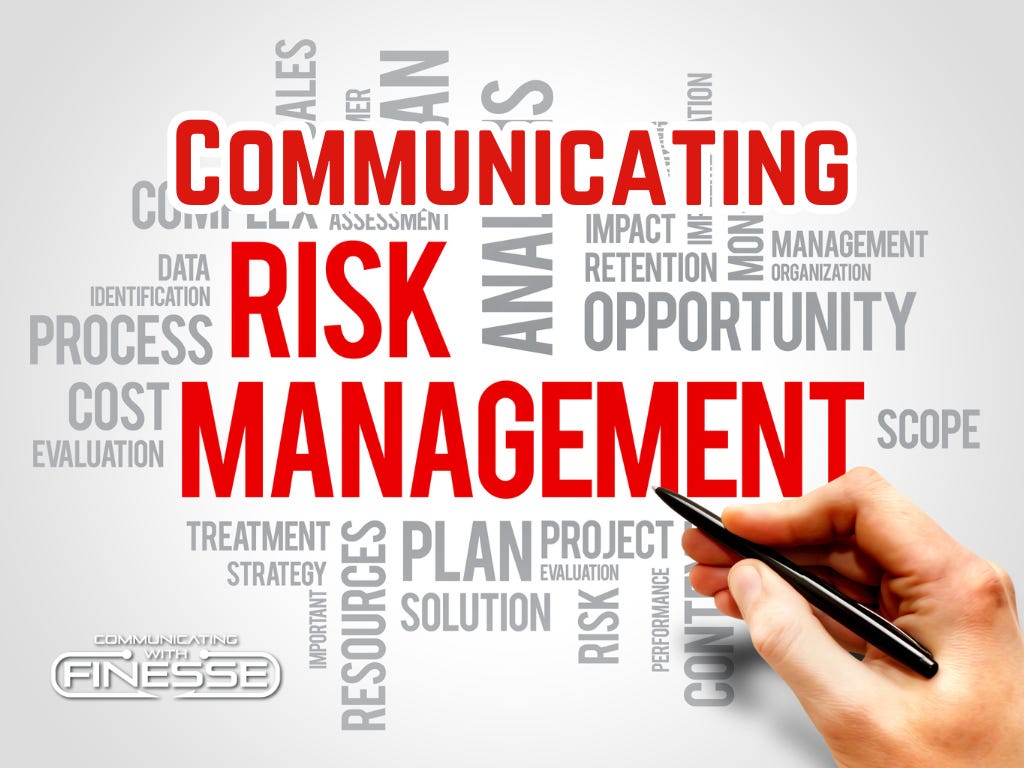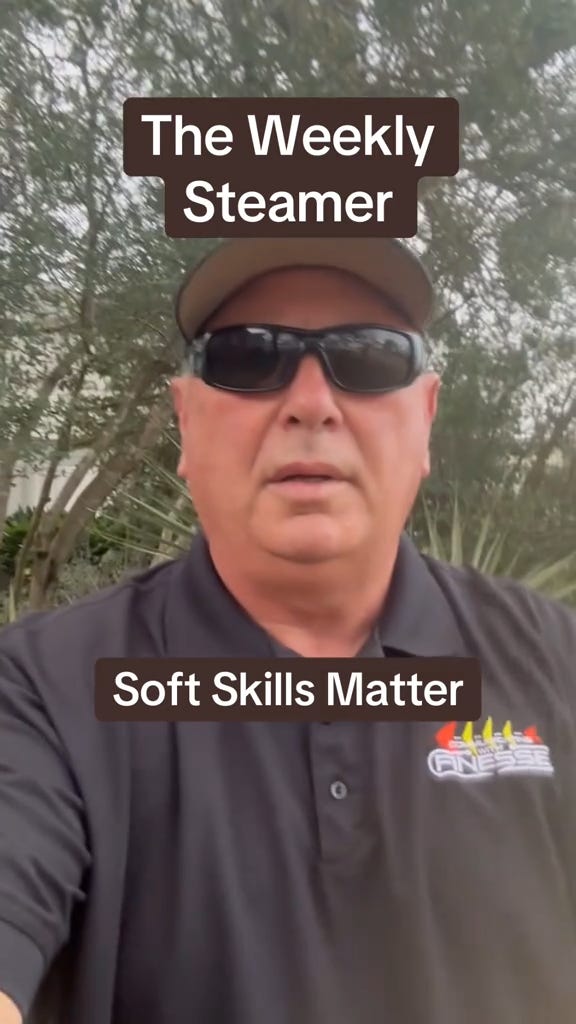Five Best Practices for Effectively Communicating Risk Management
Effective communication is needed for successful risk management
Risk management is an essential practice in any organization. It guides decision making and resource allocation to mitigate vulnerabilities and potential threats. However, without clear and effective communication, even the most well-structured risk management plans fail in execution. The bottom line is effectively communicating risk management is just as critical as identifying and evaluating risks.
The Role of a Standard Framework in Communication
A structured framework provides a common language for discussing risk, reducing misunderstandings and inconsistencies. The ISO 31000 standard serves as a widely recognized framework that outlines key elements such as:
Context, Scope, and Criteria
Risk Assessment (Identification, Analysis, and Evaluation)
Risk Treatment
Recording and Reporting
Monitoring and Review
Communication and Consultation
This structured approach aligns risk management plans with organizational goals. Using a structured approach also helps integrate risk management with other management systems like safety, quality, and reliability.
Establish the Organization’s Context
There are several risk management standards (not just ISO 31000). All of the standards correctly state that different organizations may interpret and apply risk frameworks differently. Therefore, establishing the organizational context and establishing clear risk-related definitions is the essential first step in a risk management plan and its communication.
Common Pitfalls in Risk Communication
These are my top three pitfalls related to risk communication.
1. Diving in Too Fast and Too Deep
One of the biggest mistakes in risk communication is focusing too quickly on risk assessment. Risk assessment, often seen as the "sexy" part of risk management, tends to capture the attention of senior managers. However, without first establishing the context, setting clear definitions, and ensuring alignment within the organization, risk assessments are ineffective. Risk assessments require time and must occur at different levels of the organization.
Risk also means different things to different people and to different parts of the organization. Traditional ways that functions like safety, security, quality, reliability, and finance have interpreted risk in their different silos must be integrated. This integration takes time and, again, must occur at different levels of the organization.
2. Lack of Communication and Monitoring
Risk communication is often acknowledged as vital but receives little structured guidance in standards like ISO 31000. Without a deliberate communication strategy, stakeholders may not fully understand the risk management plan, leading to poor implementation.
Additionally, monitoring risk mitigation actions is crucial and yet often overlooked. Executive sponsors and implementation leaders must provide and that monitoring mechanisms are in place to track the progress and effectiveness of risk management strategies. Correctly implementing risk monitoring is a big part of effective communication.
3. Risk Management as a Layered Mess
To most people outside the risk profession, risk management appears as a complex web of terminology, processes, and interdependencies. As technical professionals, risk managers often like it this way.
The complexity inside the risk profession makes clear communication essential–just like any other technical profession. If executive sponsors and implementation leaders fail to distill risk concepts into understandable terms, important front-line personnel disengage or misinterpret key aspects of the plan. The risk management plan then becomes nothing more than a paper tiger.
“All risk is personal.”
Best Practices for Effective Risk Communication
These are my top five good practices for effective risk communication.
1. Establish Context and Definitions
Before diving into risk assessment, executive sponsors and facilitators should work with a cross-functional group of personnel to define key terms, establish the organizational context, and align the plan with different functional interpretations. This foundational work establishes common understanding and reduces miscommunication down the line.
2. Use Visual Aids and Clear Language
Leveraging visual aids such as charts, heat maps, and decision trees makes abstract concepts more tangible. Using clear, jargon-free language ensures that non-experts can engage with the risk management process effectively. The best risk managers have a common touch.
3. Foster Two-Way Communication
Risk management is not a one-time activity. It is an ongoing process that requires input from various people and functions within an organization. Encouraging dialogue, seeking feedback, and adjusting communication strategies can improve engagement and buy-in. Remember, common understanding and open feedback loops must be present to have two-way communication.
4. Prioritize Monitoring and Maintain Feedback Loops
A consistent monitoring process keeps risk management plans remain relevant and actionable. Facilitators and plan implementers should work with organizational leadership to define key performance indicators (KPIs) for risk management, conduct regular reviews, and provide transparent reporting on progress. The best monitoring programs are only as structured as they need to be.
5. Integrate Risk Communication Across Departments
Risk does not exist in isolation. Facilitators and plan implementers must make sure that risk communication extends beyond the risk management team and integrates with other corporate functions. Cross-departmental collaboration fosters a risk awareness culture and proactive decision making.
Conclusion
Effective risk management requires more than just identifying and assessing risks. It must include effective communication. By leveraging standard frameworks, avoiding common pitfalls, and adopting best practices, facilitators and plan implementors can bridge the gap between risk analysis and implementation. Establishing context, maintaining clear communication, and monitoring mitigation actions are essential guardrails that keep risk management efforts on track. Learn more through Communicating with FINESSE® and the FINESSE Fishbone Diagram®.
1 Material from this essay was taken from JD Solomon’s “Fundamentals of Risk Management” training course and “Facilitating with FINESSE.”
Weekly Communication Tip
Swap "You" for "We" to Build Trust with Decision Makers
The next time you present to a room full of executives, do a quick mental check. Swap "you" for "we," and watch how it transforms the conversation. It's a simple tweak that makes you not just a technical expert, but a trusted collaborator.
See more at the link in the title.
Find Communication and Facilitation Resources in the Tackle Shop
The Tackle Shop contains resources such as checklists, books, and third-party presentation reviews to help technical professionals become better communicators and facilitators.
Visit the Tackle Shop.
The Weekly Steamer
The popular Weekly Steamer features hard lesson learned from three decades of communicating complex information to senior decision makers. Please subscribe to the Communicating with FINESSE TikTok channel. Our 1-minute shorts provide helpful tips and optimize your time.






